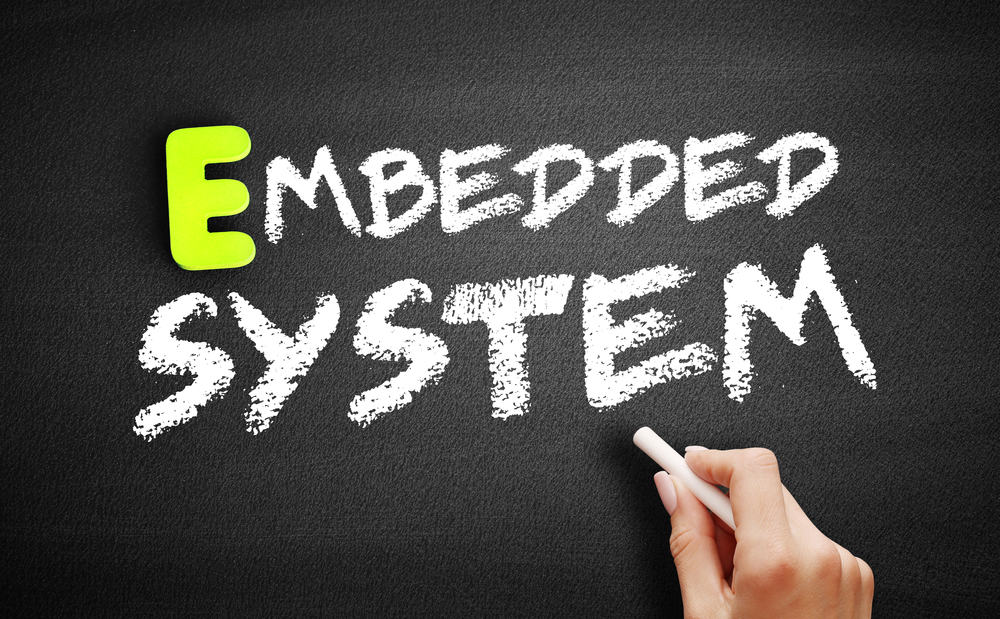
Topic: Features & Applications of Embedded Systems
Technological evolutions due to the use of embedded systems are being implemented in all phases of life. Today, finding a device, appliance, or vehicle that does not utilize a smart component, board, or electronic system for operation, monitoring, control, and human-machine interaction (HMI) is difficult. Therefore, engineers and PCBA designers must understand the features and applications of embedded systems to create designs that best use their advanced capabilities.
What is an Embedded System?
The best way to envision an embedded system is as an internal computer within a larger system. Like computers, embedded systems are composed of software, such as an operating system, applications, and hardware. Hardware includes a microprocessor or microcontroller, peripherals; such as memory, power supply, connectors and ports, and ASICs or circuits. What separates embedded systems from other computers are their features, as listed below.
Features of Embedded Systems
- Embedded systems are physically located within a larger mechanical or electrical system
- Embedded systems are designed for specific applications
- Embedded systems may/may not be directly accessible
- Embedded system applications are typically “built-in”
As these attributes indicate, embedded systems enable engineers and designers to incorporate scaled computing capabilities into their PCBA designs. This allows for implementation into virtually any product by limiting the implementation to only software and hardware that is essential for the intended application.
Common Applications of Embedded Systems
Applications of embedded systems. Image from ElProCus.
The figure above shows some common applications of embedded systems and is certainly not exhaustive. Yet it indicates just how widespread embedded systems usage is. Embedded systems are everywhere, from everyday commercial products like mobile phones and digital cameras to robotics and industrial processing to military and space platforms.
Embedded system applications can be segmented into the following four functionality types.
Functionality Types of Embedded System Applications
- Standalone: These systems can function without external control or connectivity.
- Networked: A connection to a network is required for the system to operate as intended.
- Mobile: Many mobile devices contain embedded systems that allow them to perform tasks similar to a desktop computer.
- Real-time: These devices perform actions based on timing or scheduling.
Performance capability or complexity is also used to classify embedded systems, as listed below.
Performance Types of Embedded System Applications
- Sophisticated
- Medium-scale
- Small-scale
The breadth of applications of embedded systems means you will likely be called upon to design circuit boards that incorporate embedded system features. In order to achieve the best results, you should know and incorporate guidelines as discussed below.
Incorporating the Features of Embedded Systems Into Your PCBA Design
When developing boards and electronics that implement an embedded system, it is important to consider all factors that can influence system functionality, operation, and performance. This is not limited to best practices for your schematic capture, PCB layout, and manufacturability.
Guidelines for Embedded System PCBA Design
- ☐ Select the right MCU or MPU for your application.
Ensuring that your processor meets your functionality and performance requirements is essential. However, it is also important not to overdesign by adding unnecessary complexity that can make your development process less efficient.
- ☐ Know the environmental conditions for your board’s application.
Embedded systems are often deployed in harsh environments where failure can lead to catastrophic results. For example, PCBAs aboard automotive and aerospace vehicles may be subjected to extreme temperatures, vibration, and irregular motion. For these applications, environmental conditions must be a primary design consideration.
- ☐ Incorporate MCAD properties and specifications to optimize team workflow.
Another important consideration when designing embedded system boards is the enclosure where they will be installed. This is especially important for standalone embedded systems and requires working closely with your MCAD team for efficient development.
The importance of embedded systems cannot be overstated. These systems are leading the way for IoT, industrial 4.0, and the ever-increasing range of smart products we depend on. Therefore, it is essential that you understand how to best design boards and electronics that maximally leverage their features for the intended applications.
If you’re looking for CAD models for common components or design tips on issues such as features & applications of embedded systems, Ultra Librarian helps by compiling all your sourcing and CAD information in one place. Working with Ultra Librarian sets up your team for success to ensure streamlined and error-free design, production, and sourcing. Register today for free.